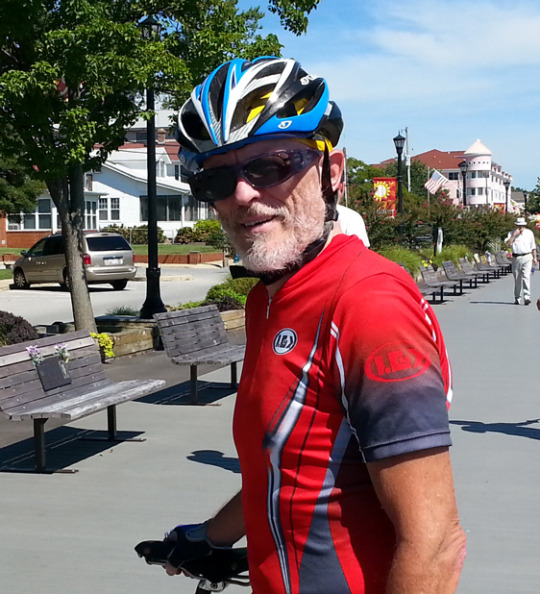
The release last week of the Netflix documentary Making of a Murderer has generated renewed interest in the issue of rape convictions that are overturned on the basis of subsequent DNA analysis. In most of these cases, the prosecution’s case rested heavily on the victim’s mistaken identification of the defendant as the man who raped her.
Identifications of the defendant as the rapist are almost always made with high confidence during a trial. The fact that false convictions for rape are usually accompanied by these mistaken but confidently expressed IDs has contributed to the perception that eyewitness memory is unreliable.
Eyewitnesses usually pick a suspect out of a lineup long before they ID that suspect during a trial. How confident was the eyewitness that their memory was accurate when they first identified the suspect? Quite often an eyewitness’s initial level of confidence is not nearly as high as the confidence they express during the trial. Juries aren’t usually told about this initial level of confidence.
A team of scientific investigators has recently published a review of recent research that shows that an eyewitness’s initial level of confidence in the accuracy of their memory is a good indicator of the actual guilt of the suspect. Eyewitnesses that are very confident when they first pick a suspect out of a lineup are much more likely to have identified the guilty person than eyewitnesses who are less confident.
I’ve written a feature article for Ars Technica titled ” “I think this is the guy” – The complicated confidence of eyewitness memory” that takes a look at the relationship between eyewitness confidence and eyewitness accuracy. The article examines research which shows that initial levels of confidence are diagnostic of guilt. It also describes some of the ways a low level of confidence expressed during a lineup can turn into a high level of confidence expressed during a trial. Finally, it presents some suggestions about how this research can be used to make it less likely that innocent people will be convicted of crimes they did not commit.
Please check out the article if this topic interests you.

